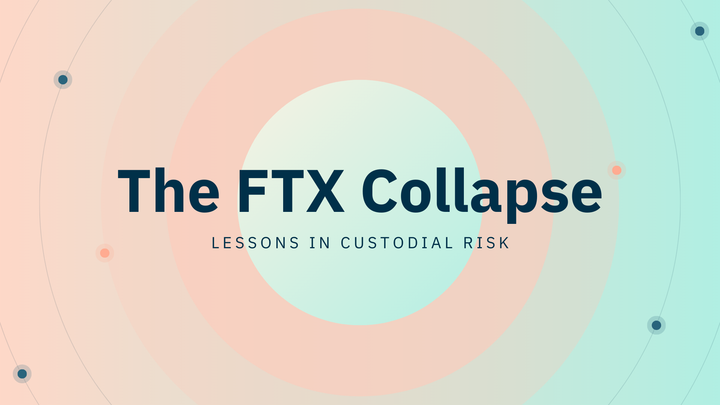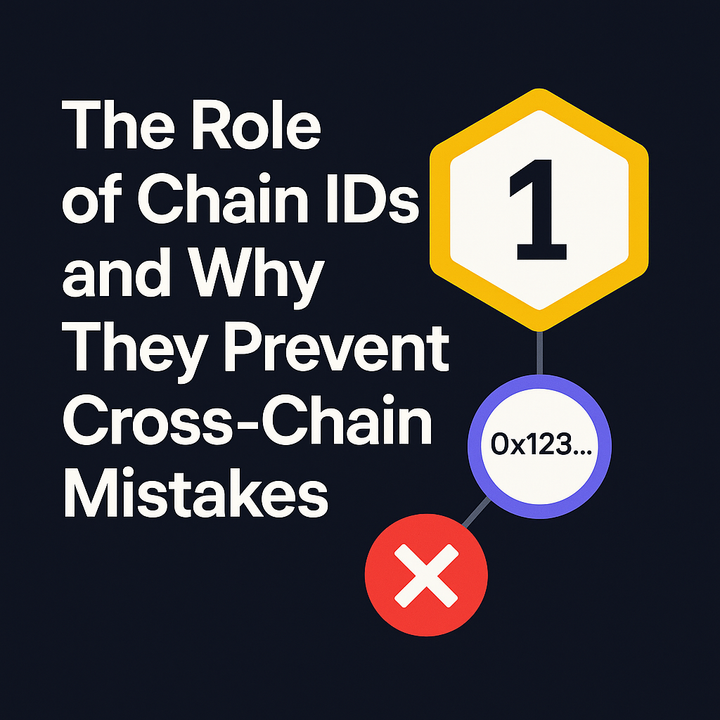What Makes Mitosis a Unique Modular Blockchain

In the rapidly evolving world of decentralized finance (DeFi), the rise of modular blockchains has redefined how scalability, interoperability, and liquidity are approached. Mitosis, a Layer 1 blockchain designed as a modular liquidity protocol, stands out by addressing the critical challenges of liquidity fragmentation, capital inefficiency, and cross-chain complexity. By leveraging innovative architectural decisions and a user-centric design, Mitosis transforms liquidity into a programmable, interoperable, and scalable primitive that powers the next era of DeFi.
This article explores three core features that make Mitosis unique: its layered, plug-and-play architecture, programmable liquidity as a primitive, and messaging-agnostic interoperability.
Layered, Plug-and-Play Architecture
Mitosis’ layered architecture is a cornerstone of its modularity, enabling seamless integration with diverse blockchain ecosystems while maintaining scalability and efficiency. Unlike traditional monolithic blockchains, Mitosis operates as a middleware layer, abstracting the complexities of cross-chain interactions into a plug-and-play framework. At its core, the architecture consists of several key components: the Cross-Chain Vault Architecture, Bridge Abstraction Layer, Smart Allocation Engine, and Open Oracle Framework.
The Cross-Chain Vault Architecture allows assets to be deposited into smart contracts on supported chains (e.g., Ethereum, Solana, or Monad), locking them securely while minting 1:1 representations called Vanilla Assets (vAssets) on the Mitosis Chain, for instance, depositing 10 ETH on Ethereum results in 10 vETH on Mitosis, which can be deployed across other chains without manual bridging. The Bridge Abstraction Layer enhances flexibility by selecting optimal routes based on security, speed, and cost, reducing reliance on single-bridge solutions that often introduce vulnerabilities. The Smart Allocation Engine dynamically routes capital to protocols or chains based on yield, risk, and governance rules, while the Open Oracle Framework ensures transparent, decentralized data feeds for decision-making.
This layered design enables protocols, decentralized applications (dApps), and liquidity providers (LPs) to integrate with Mitosis effortlessly, much like plugging into an API. Developers can request liquidity, e.g., “$5M USDC yield-optimized across Arbitrum and Base” without managing chain-specific infrastructure. For LPs, this means capital is allocated efficiently across high-yield opportunities without being locked in siloed ecosystems. By decoupling liquidity management from chain-specific constraints, Mitosis’ plug-and-play architecture fosters a cooperative, scalable DeFi ecosystem.
Programmable Liquidity as a Primitive
Mitosis redefines liquidity by treating it as a programmable primitive, enabling assets to remain dynamic, tradable, and composable across DeFi applications. Traditional liquidity provision often results in static funds locked in pools, limiting their utility. Mitosis introduces Ecosystem-Owned Liquidity (EOL) and tokenized assets (miAssets and maAssets) to unlock capital efficiency and empower users.
When users deposit assets into Mitosis Vaults, they receive, for (vAssets), which are 1:1 representations of the deposited assets. These can be staked in EOL pools to earn miAssets, which grant governance rights and yield, or locked in Matrix Vaults for maAssets, which offer fixed-term rewards. For example, a user depositing ETH on Monad receives vETH, which can be used for yield farming on Ethereum, as collateral on Mitosis’ lending markets, or in a Cosmos-based decentralized exchange (DEX). Unlike traditional LP tokens, miAssets and maAssets are fungible, tradable, and usable across Mitosis-powered DeFi applications, enabling complex strategies like cross-chain lending or prediction markets.
Programmable liquidity also enhances capital efficiency by allowing assets to work across multiple protocols simultaneously. For instance, a user’s miETH can be collateralized for a loan while earning yield from a Solana-based protocol, all without leaving the Mitosis ecosystem. The Matrix, Mitosis’ flagship product, curates premium DeFi opportunities, offering transparent rewards and gated access for loyal users, ensuring fair participation based on contribution. By tokenizing liquidity positions and enabling their seamless movement, Mitosis transforms idle capital into a dynamic financial asset, setting a new standard for DeFi liquidity management.
Messaging-Agnostic Interoperability
Interoperability is a critical challenge in the modular blockchain era, where chains often rely on permissioned Arbitrary Message Bridge (AMB) solutions, creating siloed liquidity networks. Mitosis addresses this through messaging-agnostic interoperability, powered by its strategic partner Hyperlane, a permissionless and customizable interoperability layer. This approach ensures seamless asset and message transfers across modular blockchains without the bottlenecks of traditional bridges.
Hyperlane’s modular security stack allows Mitosis to tailor interoperability to specific needs, avoiding proprietary trust assumptions inherent in solutions like LayerZero or Wormhole. Chains can deploy Hyperlane themselves, eliminating the need to lobby centralized providers for support. Mitosis leverages Hyperlane’s Interchain Security Modules (ISMs) to secure cross-chain messaging, where LPs can contribute miAssets to enhance protocol security and earn governance tokens. For example, a user can deposit TIA on Celestia, receive miTIA on Mitosis, and use it for native cross-chain swaps or lending without multiple wallet interactions or bridging delays.
This permissionless model aligns with the modular blockchain ethos, enabling Mitosis to scale with emerging chains like Celestia, Dymension, or EigenLayer-powered rollups. By abstracting cross-chain complexity, Mitosis ensures instant finality for transactions, reducing slippage and fees. Unlike traditional bridges that rely on wrapped tokens or centralized relayers, Mitosis’ trust-minimized design uses decentralized smart contracts and Hyperlane’s infrastructure, minimizing vulnerabilities. This messaging-agnostic approach positions Mitosis as a liquidity hub that connects fragmented ecosystems, fostering a cohesive DeFi landscape.
Conclusion
Mitosis emerges as a trailblazer in the modular blockchain space by addressing liquidity fragmentation and cross-chain inefficiencies through its innovative design. Its layered, plug-and-play architecture simplifies integration for developers and LPs, enabling seamless liquidity allocation across chains. By treating liquidity as a programmable primitive, Mitosis unlocks capital efficiency, transforming static assets into dynamic, tradable tokens like miAssets and maAssets. Its messaging-agnostic interoperability, powered by Hyperlane, ensures permissionless, secure, and scalable connectivity, aligning with the modular era’s ethos. Together, these features position Mitosis as a critical infrastructure layer for DeFi’s multi-chain future, where liquidity flows freely and composably.
What role will modular liquidity protocols like Mitosis play in shaping the next decade of decentralized finance? As blockchain ecosystems continue to evolve, Mitosis's vision of a unified, programmable liquidity layer offers a compelling blueprint for a more efficient, inclusive, and interconnected DeFi landscape.



Comments ()